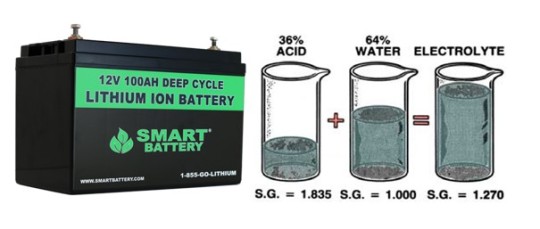Will you get battery problems when you cross 500 lifecycles?
Batteries gradually degrade over time. I normally strip out all the technicalities and simply say that the life cycle indicates how long you can expect to get optimal performance from your battery or power bank.
What is Battery Charge Cycle?
A charge cycle entails charging up a battery fully and then discharging it completely into a gadget. If you use half the battery of your phone or notebook, and then recharge, it doesn’t count. But if you do it again, then that counts as one cycle. If you completely use up, say your power bank, and have to recharge from zero to 100%, that’s one life cycle gone. If you do this daily you can expect to get optimal performance for about one and half years (or more accurately, 500/360 = 1.4 years)
We know on average its unlikely this will happen everyday so you can expect to get up to 2 good years of optimal performance. Afterwards, you can expect it to run out much faster and need more frequent recharge. Much like modern mobiles phones, right?
Therefore, after 500 cycles you can expect your battery to function well, except if damaged. At this point, your battery should still be up to 80% (or thereabouts) of what it was initially, in terms of performance. Note that 500 cycles primarily indicate period of optimal performance that can be expected from the installed capacity (mAh). The difference between cycle and level of degradation is exemplified by other factors that influence battery performance. As to whether or not battery degrades to 80% within 1.4 years is not an exact science because many factors affect its performance including weather, temperature, input voltage, usage, etc.
It is important to understand/emphasise that lifecycle and degradation don’t mean the same thing. They are mutually exclusive events. For instance, a battery that is exposed to or used in extreme hot/cold temperatures regularly can be expected to degrade much faster than battery that is kept or used in normal room temperature, irrespective of lifecycle. They aren’t necessarily congruent events. You can attain 80% degradation before the 500 cycles are used up. For that reason it is important to distinguish between both. What kills off a battery eventually is degradation, not the lifecycle.
Similar to a standard car battery, after a while it gets too weak and you just replace it.

In some places, they only replace the battery acid/electrolyte which is rich in ions (atoms full of electric charge) in order to extend the lifecycle. This can be very dangerous and should only be done by people who know what they are doing and with strict safety precautions.
However, this cannot be done for a smartphone battery or power bank which will ultimately need to be replaced as the battery will gradually degrade over time. At 1000 cycles you can expect to have up to 60% or thereabouts. After 1500 cycles you can expect it to be 50% or less and will increasingly need to charge the battery more frequently. Eventually you’ll have to replace the battery or smartphone.Dave Ebi is a Most Viewed Power Bank Writer on Quora. Join HetoGrow on Facebook, Twitter, Instagram, or LinkedIn


Comments
Post a Comment
Enter your comment here ...... Comment will only be approved it it adds value to the discussion